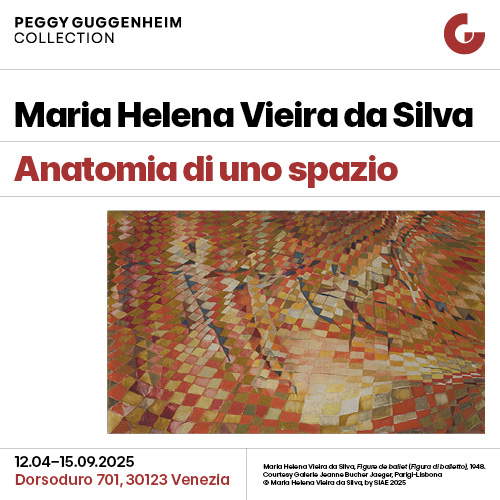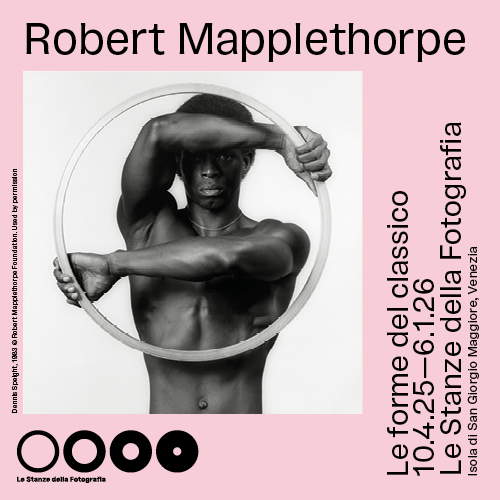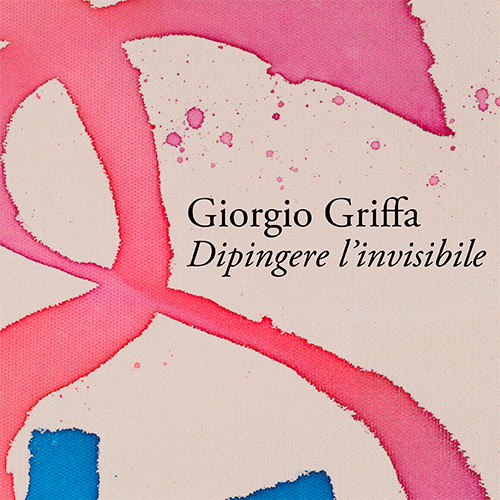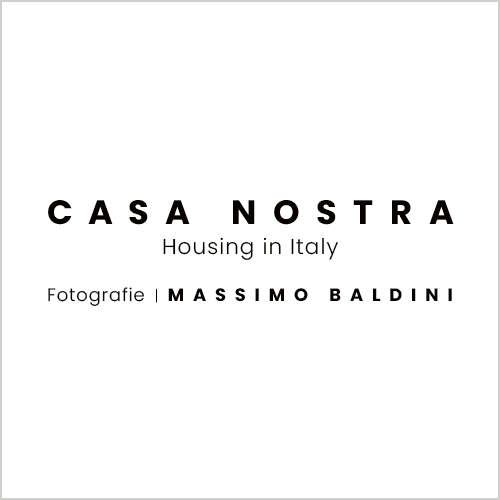Mantua, Palazzo Te turns 500: here is the program of celebrations among exhibitions and restorations
Mantua is preparing to celebrate an extraordinary anniversary: the 500th anniversary of Te Palace, Giulio Romano ’s masterpiece and symbol of the Gonzaga family’s greatness. In 1525, Federico II Gonzaga commissioned the brilliant architect to build a suburban villa that would embody the splendor of his court and the dream of a place of wonder. Five centuries later, the Fondazione Te Palace pays tribute to this vision with a program full of events, exhibitions and restorations that will extend through 2025.
“Te Palace reverberates with a utopian dimension, which constitutes an extraordinary signal in the cultural and political transition of its time and resonates powerfully in the contemporary world,” explains Stefano Baia Curioni, director of the Foundation. “This place, precisely because of its now strongly sedimented symbolic value, is ’heritage’ of many different communities. It is remembrance, but also discovery, which resonates from afar and speaks to the present. And the narrative, which is fundamental, that it proposes is taken from Ovid’s Metamorphoses.”
“We celebrate 500 years of Te Palace loaded with new challenges and plans for the future, because the task of politics is not to figure out what you are but what you will be and what you want to be as a community,” says Mantua Mayor Mattia Palazzi. “And we want to continue to build a city with a strong sense of community, civility, and beauty.”
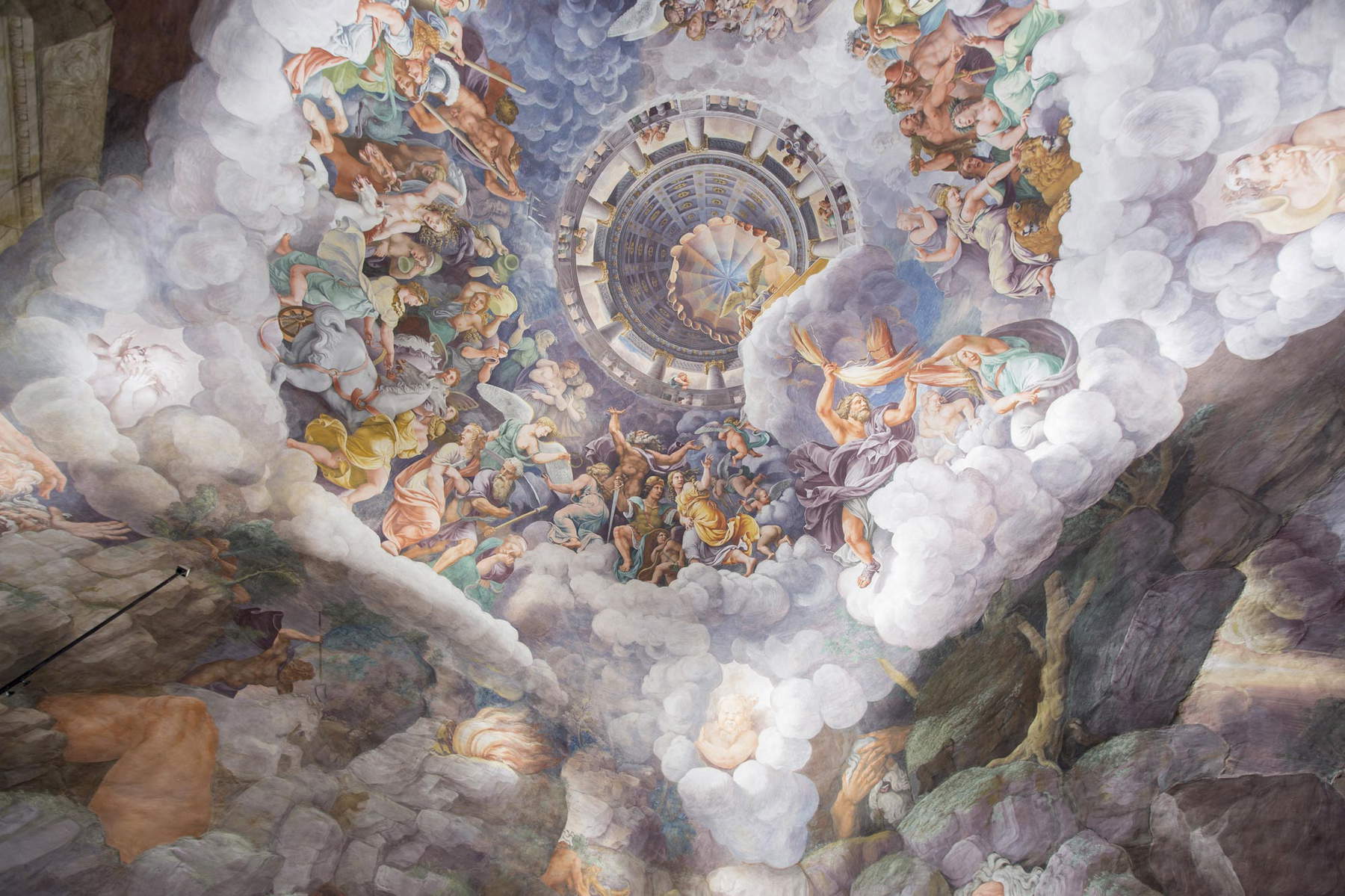
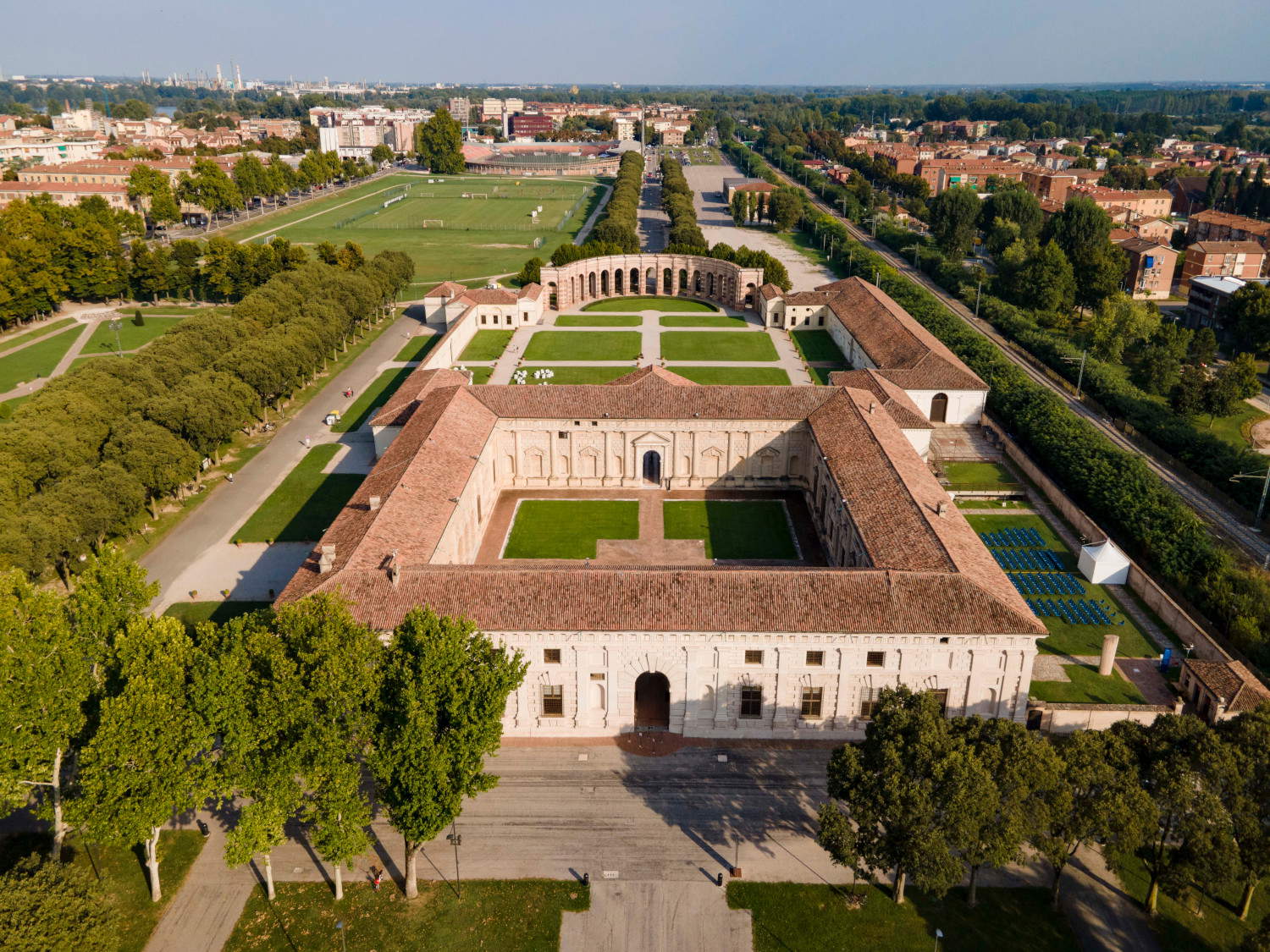
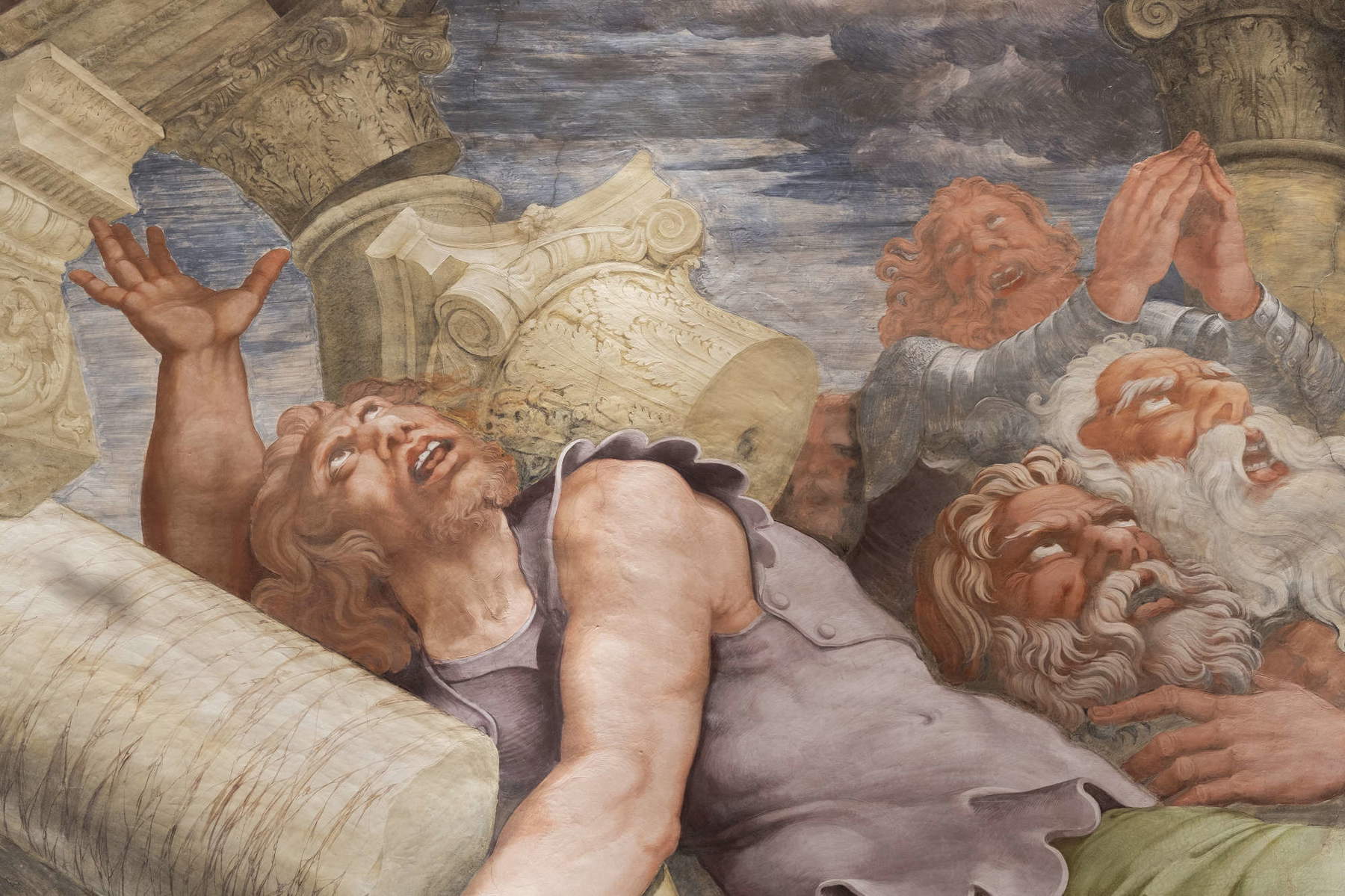
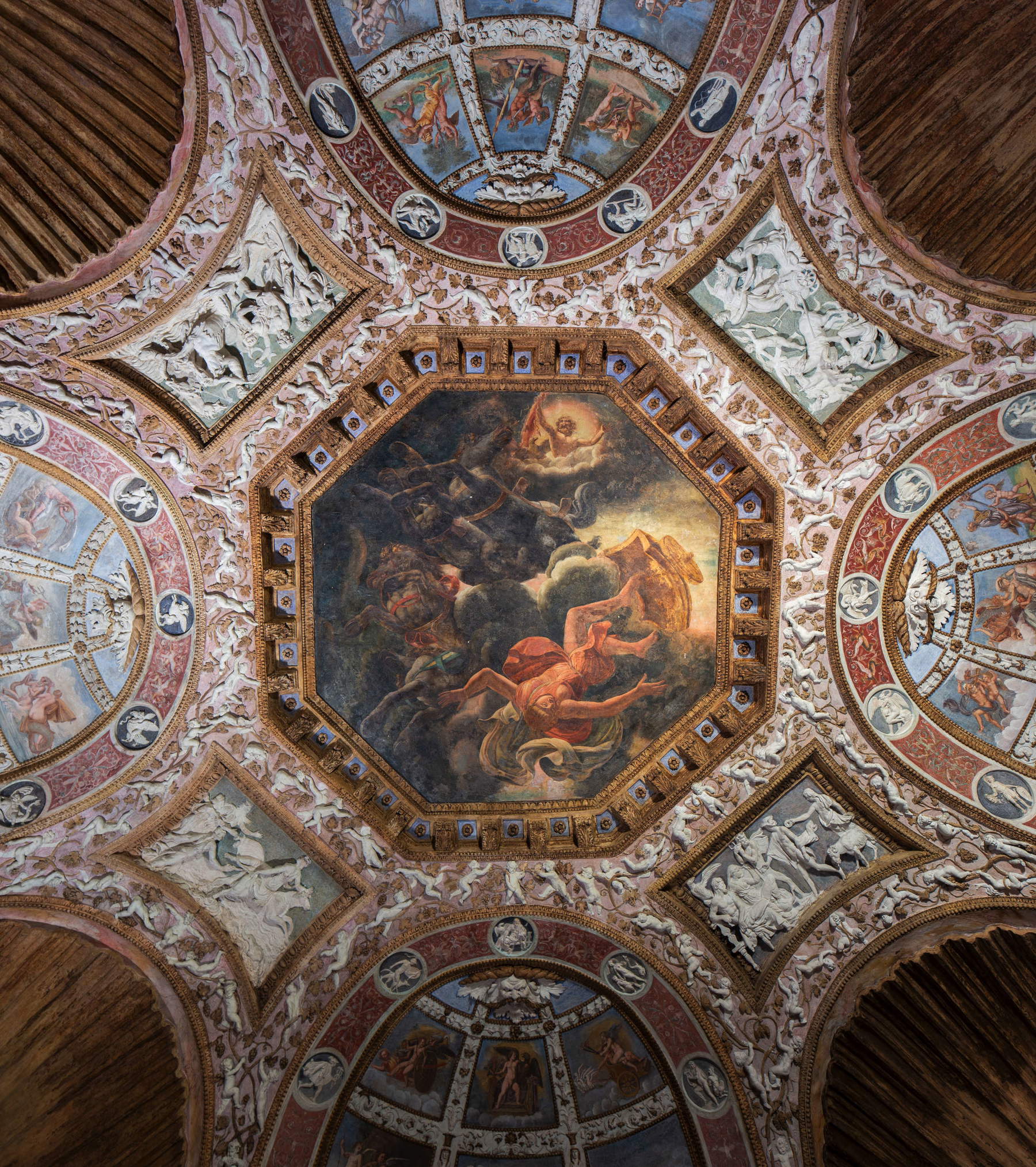
A palace born to amaze
Te Palace represents a unicum in the history of Renaissance art: a pleasure residence, the scene of political meetings and the setting for lavish celebrations, it twice hosted Emperor Charles V and accompanied the appointment of Frederick II as Duke of Mantua. Its frescoed rooms narrate myths and allegories with spectacular and visionary language. Two masterpieces stand out above them all: the Fable of Cupid and Psyche and the Fall of the Giants, painted by Giulio Romano and becoming iconic images of Western culture.
In recent years, the Fondazione Te Palace has worked to transform the palace into a cultural center that dialogues with the present, addressing universal themes such as metamorphosis and the relationship between man and nature. The Cinquecentenario therefore aims to be an opportunity to reaffirm the vitality of this extraordinary place, interweaving its past with the contemporary.
The exhibition “From Chaos to Cosmos. Metamorphosis at Te Palace.”
The year of celebrations will open on March 29, 2025 with a rearrangement of the introductory rooms and a new narrative of the tour route, enriched by a selection of Renaissance masterpieces. The centerpiece of the program will be the exhibition “From Chaos to Cosmos. Metamorphosis at Te Palace,” curated by Claudia Cieri Via, which will explore themes of transformation through myth and art, and in particular through Ovid’s Metamorphoses .
The exhibition, created with prestigious loans from institutions such as the Louvre Museum, the Albertina in Vienna, the Prado, the Galleria Borghese and the Uffizi, will be divided into eight thematic sections. Works by Giulio Romano, Tintoretto, Correggio, Jacopo Zucchi, Rubens and Nicolas Poussin will dialogue with the palace’s frescoes, highlighting the connections between classical myth and artistic visions of the Renaissance. The Ovidian tale runs through all the rooms of Te Palace, starting with the Apartment of the Metamorphoses, on this occasion enriched and supported by works that tell themes such as the cyclical nature of time, power, eros, pride and punishment, culminating in the majestic representation of the Fall of the Giants, a tribute to Charles V and his military campaigns.
“Metamorphosis also involves the lives of human beings, animals and plants, leading to hybridizations, deformations and changes discernible even in literature and contemporary art,” says Claudia Cieri Via, curator of the exhibition. “In this perspective, a work such as Daphne by Giuseppe Penone, an artist who works on living matter with exemplary and totalizing vigor, as revealed by the poetic-philosophical annotations that accompany his drawings, was chosen. This interpenetration between nature and matter, between art and poetry, emerges in a very akin way in the work of both the artist and Giulio Romano.”
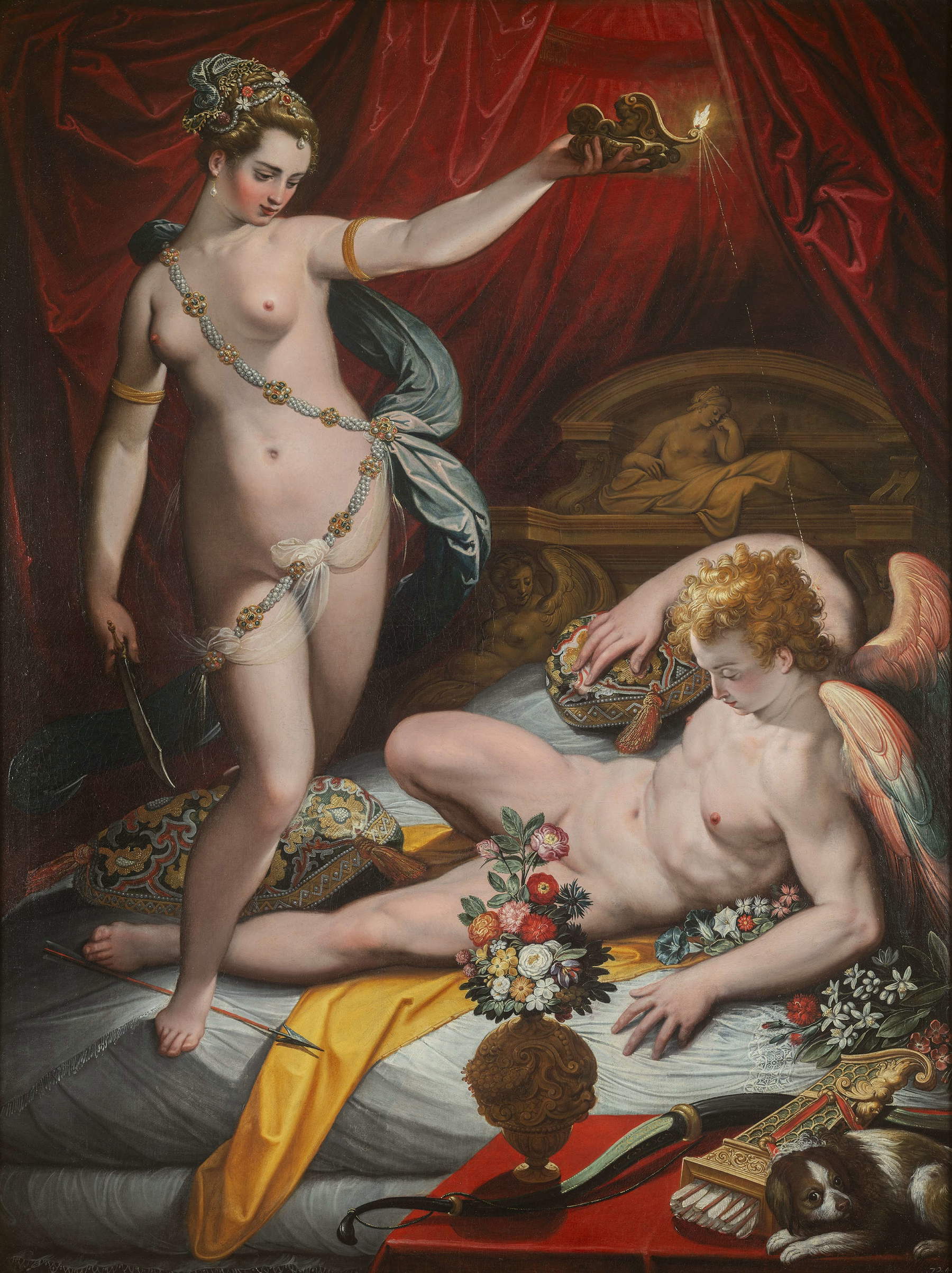
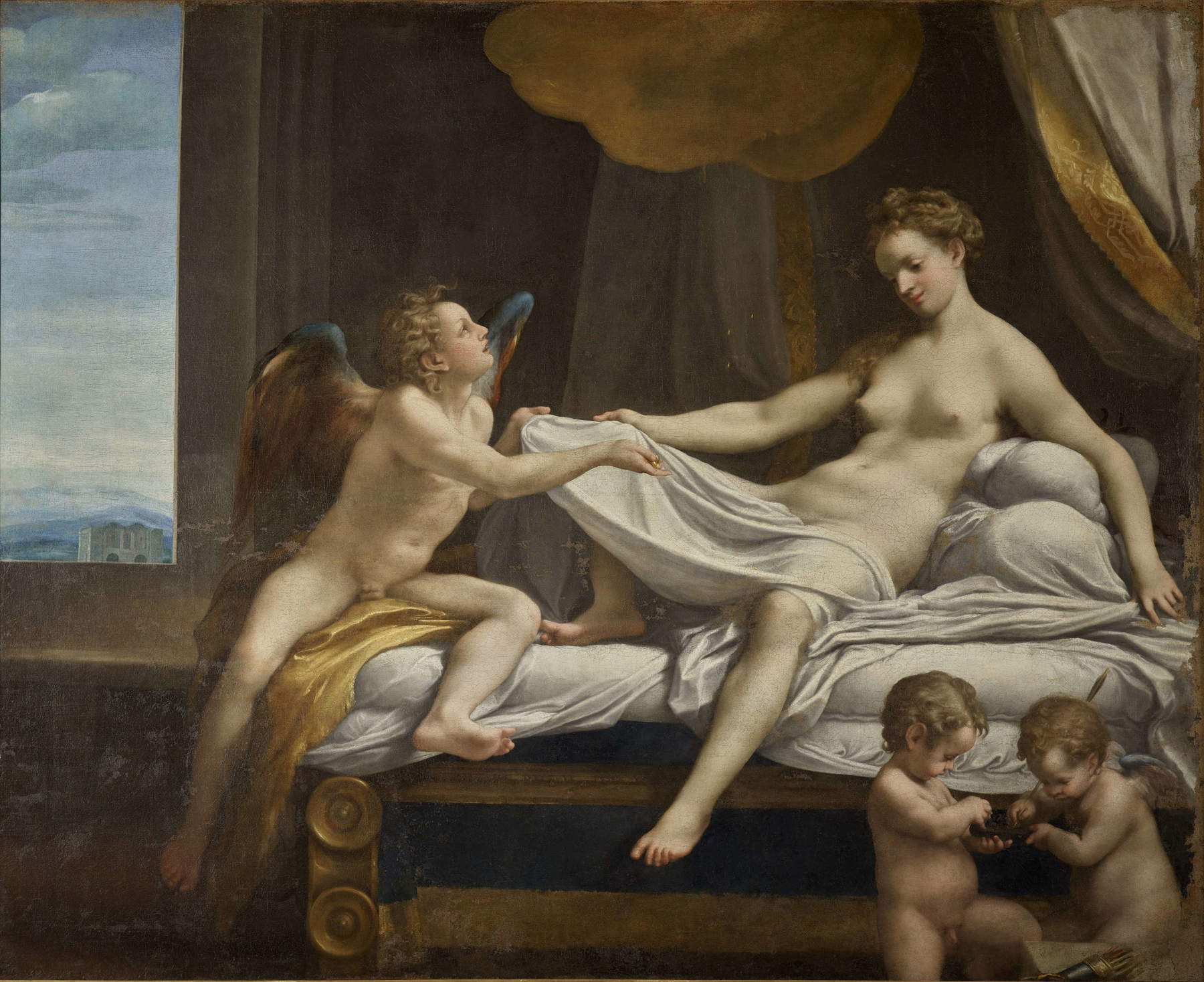
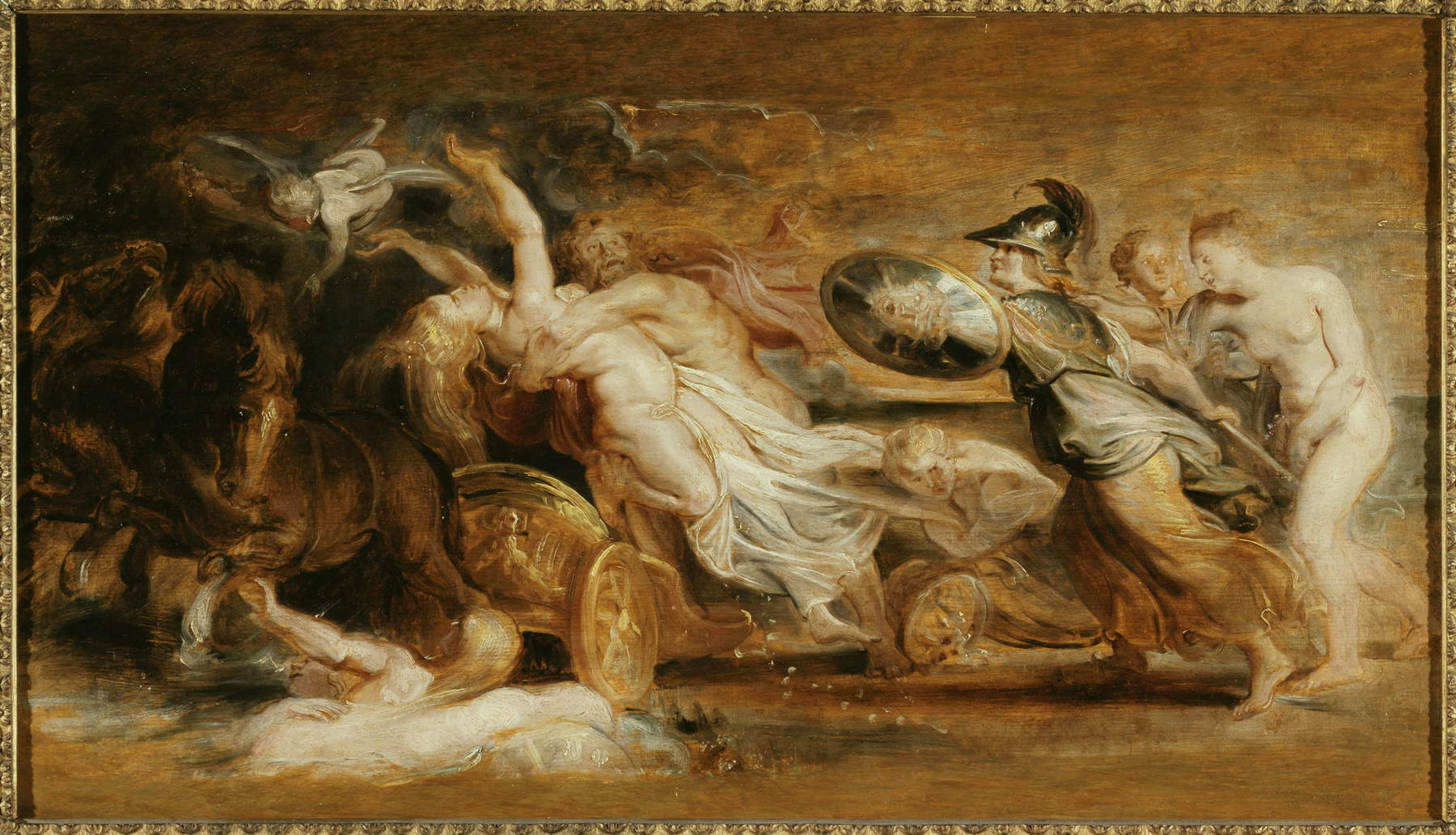
The Return of the Fruiteries with Isaac Julien
One of the most eagerly awaited events will be Isaac Julien’s exhibition project, which will inaugurate in October 2025 the reopening of the Fruiteries after a major restoration. The renowned British artist, known for his immersive video installations and awarded at the Semaine de la Critique in Cannes, will create a work inspired by Giulio Romano’s frescoes, investigating the theme of metamorphosis in contemporary culture.
Having exhibited in the world’s greatest museums, from MoMA in New York to the Centre Pompidou in Paris, Julien will bring to Mantua a large-scale multichannel video installation, created in collaboration with the University of Santa Cruz. The work will place the past and present in dialogue, exploring the relationship between man and nature in an innovative visual language.
“Isaac Julien’s work will invite reflection on the relationship between different entities of the living world, human and nonhuman, and the urgency of ecological transformation, embracing a transformative idea of concepts such as identity, gender, species,” explains curator Lorenzo Giusti.
A labyrinth of wonder with Balich Wonder Studio
Closing the program at the end of 2025 will be Marco Balich and the Balich Wonder Studio, with an immersive installation in the Exedra Garden. The project, inspired by the concept of the Gonzaga labyrinth, will transform the garden into a scenic path of mirrors, illusions and trompe-l’œil, involving the public in a sensory and conceptual experience that challenges the perception of reality.
The Cinquecentenario will not only be an exhibition opportunity, but also a laboratory for creativity and research. The program will include classical and contemporary music concerts, theater, dance and performance art, as well as artist residencies and educational workshops inspired by the Metamorphosis theme.
Alongside the events, major restoration work will be carried out, including the upgrading ofthe lighting in the Garden of the Exedra, the restoration of the wooden ceiling of the Chamber of Cupid and Psyche, the creation of new layouts for exhibitions and events, and the provision of three new seminar rooms to expand the educational offerings of the School of Te Palace.
The Cinquecentenario di Te Palace is promoted by the Municipality of Mantua, produced and organized by Te Palace with the contribution of Fondazione Banca Agricola Mantovana and Fondazione Comunità Mantovana, with the media partnership of Gruppo Editoriale Athesis, with the technical support of Aermec, with the support of Amici di Te Palace and Musei Mantovani, and in synergy with Mantova città d’arte e di cultura.
 |
| Mantua, Palazzo Te turns 500: here is the program of celebrations among exhibitions and restorations |
Warning: the translation into English of the original Italian article was created using automatic tools. We undertake to review all articles, but we do not guarantee the total absence of inaccuracies in the translation due to the program. You can find the original by clicking on the ITA button. If you find any mistake,please contact us.





